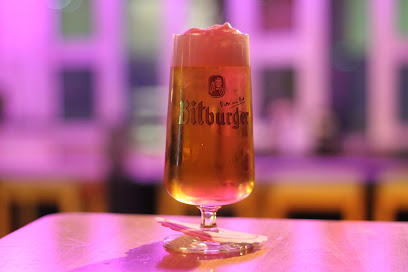
Fort Großfürst Konstantin: A Prussian Fortress with a View
Explore Fort Großfürst Konstantin in Koblenz: A historic Prussian fortress offering panoramic views, cultural events, and a glimpse into the region's rich past.
Fort Großfürst Konstantin, constructed in the 1820s as part of Koblenz's Prussian fortifications, offers a compelling glimpse into 19th-century military architecture. Named after Grand Duke Konstantin Pavlovich of Russia, this well-preserved fort sits atop the Karthäuserberg, providing panoramic views of Koblenz and the Rhine Valley. Explore the casemates, ramparts, and the intriguing Rhenish Carnival Museum housed within. The fort has seen various uses throughout its history, including serving as an air-raid control center during World War II. Today, it's a vibrant cultural venue hosting concerts, theater performances, and festivals. Discover the history of the fort through guided tours and explore the grounds, where remnants of a medieval monastery once stood, adding another layer to this historical site's rich past. A visit promises a blend of historical exploration, cultural experiences, and stunning vistas.
A brief summary to Fort Großfürst Konstantin
- Koblenz, 56012, DE
- +4926141347
- Visit website
Local tips
- Check the event schedule before your visit. Fort Konstantin frequently hosts concerts, festivals, and theatrical performances, enhancing your experience.
- Wear comfortable shoes for exploring the fort's grounds, as there are uneven surfaces and stairs to navigate.
- Visit the Rhenish Carnival Museum in the Kehlturm to learn about the region's unique carnival traditions.
Getting There
-
Public Transport
From Koblenz Hauptbahnhof (main train station), take bus line 8 or 18 towards Karthause. Get off at the 'Hüberlingsweg' stop, which is the closest to Fort Großfürst Konstantin. From there, it's approximately a 10-15 minute walk uphill to the fort. A single bus fare is approximately €2.60. Alternatively, from Koblenz-Stadtmitte station, take bus line 8 to 'Hüberlingsweg'. The Koblenz Card offers free public transport within the city area.
-
Taxi/Ride-Share
A taxi or ride-share from Koblenz Hauptbahnhof to Fort Großfürst Konstantin will cost approximately €12-€18, depending on traffic and the specific service. The journey takes around 10-15 minutes. Be sure to specify 'Fort Großfürst Konstantin' as your destination.
-
Driving
If driving, navigate to Am Fort Konstantin, 56075 Koblenz. Limited free parking is available near the fort. During events, parking can be challenging, so arrive early. Be aware that the final approach involves a somewhat steep, winding road.
-
Walking
For those who enjoy a scenic walk, it's possible to walk from Koblenz Hauptbahnhof to Fort Großfürst Konstantin. The walk is approximately 2.5 km and takes around 30-40 minutes. The route involves an uphill climb and passes through the Hauptfriedhof (main cemetery). Follow the signs towards Karthause and Fort Konstantin.
Discover more about Fort Großfürst Konstantin
Iconic landmarks you can’t miss
Fort Großfürst Konstantin
0.0 km
Explore Fort Großfürst Konstantin in Koblenz: A historic Prussian fortress offering panoramic views, cultural events, and a glimpse into the region's rich past.
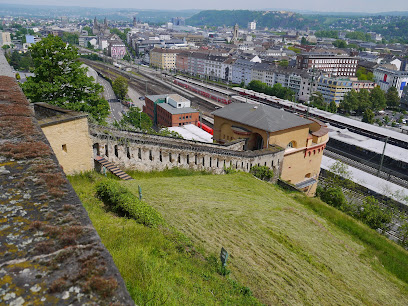
Hauptfriedhof Koblenz
0.4 km
Discover the serene beauty and rich history of Koblenz's Hauptfriedhof, a peaceful oasis offering a glimpse into the city's past and a tranquil space for reflection and remembrance.
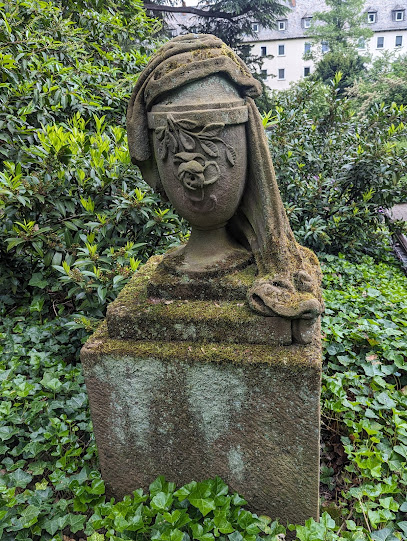
Top Hotel Krämer
0.5 km
Experience Koblenz from the comfortable and centrally located Top Hotel Krämer, offering modern amenities, friendly service, and easy access to the city's historical and scenic attractions.
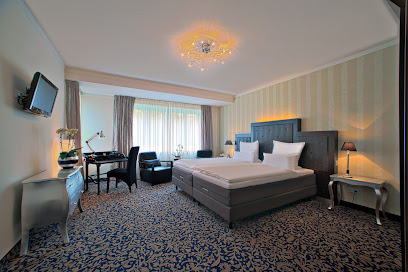
ibis Koblenz City
0.6 km
Experience the heart of Koblenz with the comfort and accessibility of ibis Koblenz City, your ideal travel base for exploring Germany's history.

Koblenz-Goldgrube
0.6 km
Discover the tranquility of Koblenz-Goldgrube, a picturesque garden perfect for relaxation and nature appreciation in the heart of Koblenz, Germany.
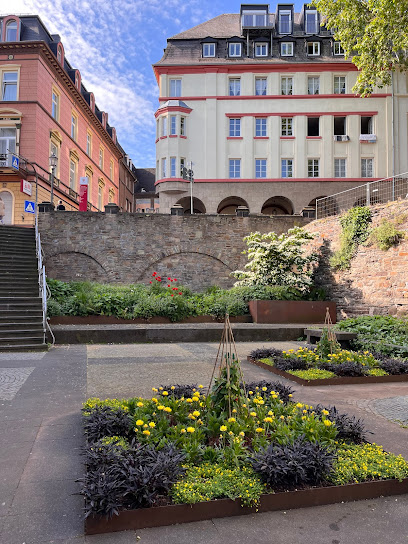
Petah-Tikva-Platz
0.6 km
Discover a peaceful retreat in the heart of Koblenz at Petah-Tikva-Platz, a charming urban park offering green spaces, walking paths, and a tranquil escape for locals and tourists alike.
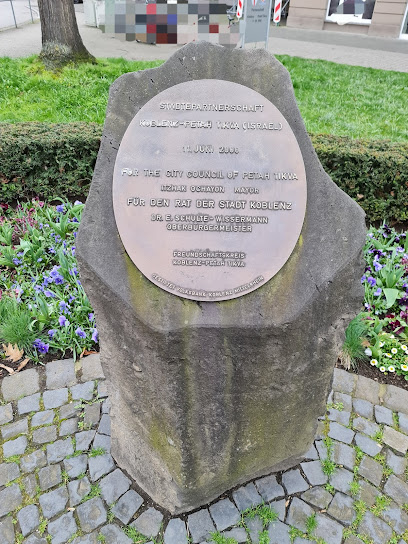
Richter spielgeräte GmbH
0.9 km
Explore the innovative world of playground design at Richter spielgeräte GmbH, a unique tourist attraction in the charming Altstadt of Koblenz.

Erfinderbrunnen, Koblenz - Prof. Gernot Rumpf (1983)
1.0 km
Discover the Erfinderbrunnen in Koblenz, a whimsical fountain celebrating regional inventors with playful sculptures and dynamic water features in the heart of the city's bustling Fischelpassage.
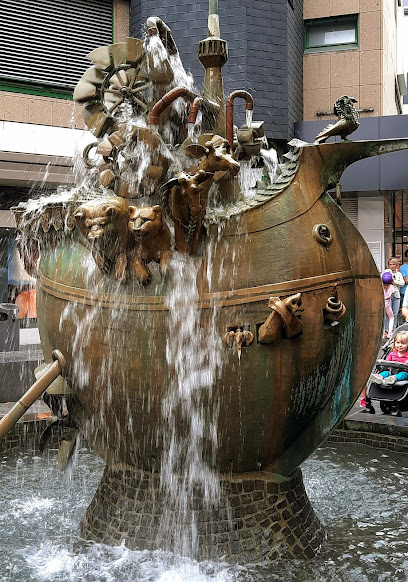
Rhein-Mosel-Halle
1.0 km
Koblenz's premier event venue, the Rhein-Mosel-Halle, offers state-of-the-art facilities for conferences, concerts, and exhibitions in a central location near the Rhine and Mosel rivers.
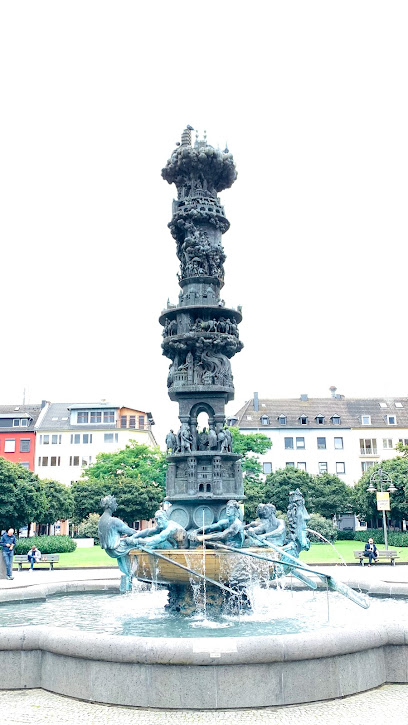
Clemensbrunnen, Koblenz - Clemens Wenzeslaus von Sachsen (1791)
1.3 km
Discover the Clemensbrunnen in Koblenz: a historic fountain honoring Clemens Wenzeslaus, reflecting the city's rich electoral past and architectural beauty.
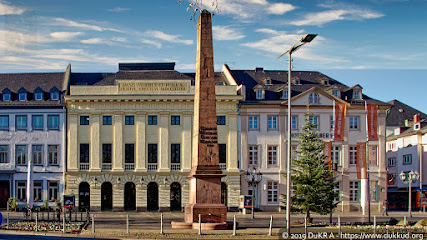
The Koblenz house of eternity Beth ha Kwaroth das Haus der Ewigkeit
1.3 km
Reflect on Koblenz's Jewish heritage at the House of Eternity, a serene cemetery offering a poignant glimpse into the community's history, traditions, and resilience through the Holocaust.
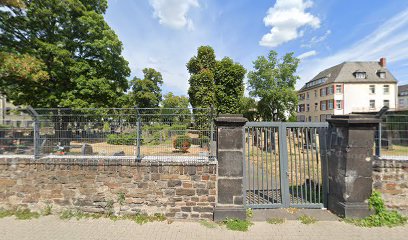
Portal des ehemaligen Dominikanerklosters
1.3 km
Discover the Portal of the Former Dominican Monastery in Koblenz: A historical gateway offering a glimpse into the city's rich past and the legacy of the Dominican order.
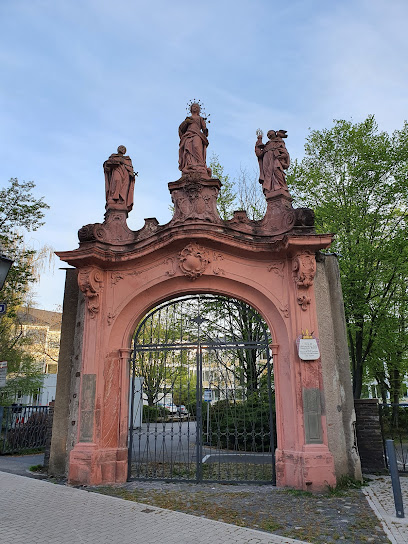
Familienbrunnen (Brunnen der Generationen), Koblenz - Rudi Scheuermann (1980)
1.3 km
Discover Koblenz's captivating history etched in stone at the Familienbrunnen, a generational fountain narrating the city's evolution from Roman times to the present day, nestled near the iconic Liebfrauenkirche.
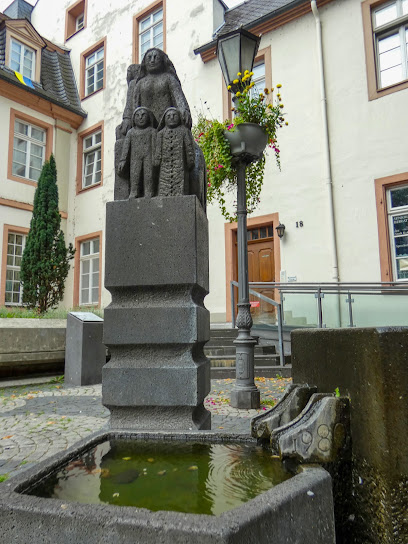
Altstadt Koblenz
1.3 km
Explore the historic heart of Koblenz, where Roman roots meet medieval charm at the confluence of the Rhine and Moselle, offering a captivating journey through time.
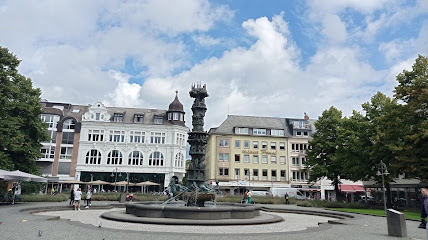
Münzpl.
1.3 km
Discover Münzplatz in Koblenz: where history comes alive in a vibrant square, surrounded by Baroque architecture, charming alleyways, and the echoes of electoral coinage.
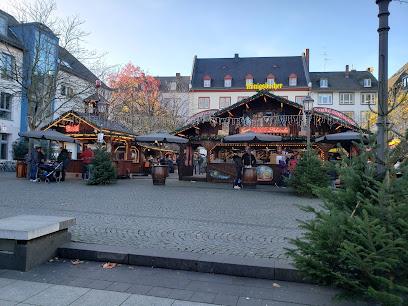
Unmissable attractions to see
Herz-Jesu-Kirche
0.8 km
Explore the breathtaking Herz-Jesu-Kirche in Koblenz, a stunning Catholic church that embodies architectural beauty and serene spirituality.
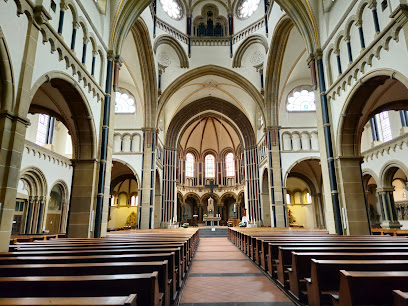
Kaiserin-Augusta-Denkmal
0.8 km
Discover the majestic Kaiserin-Augusta-Denkmal in Koblenz, a memorial steeped in history and surrounded by beautiful gardens.
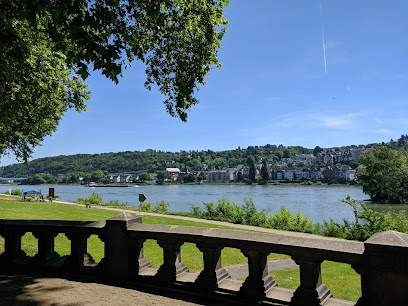
Ort der Kinderrechte / Säule mit Spiegeln / Artikel 19
0.9 km
Experience the Pillar of Children's Rights in Koblenz, a powerful monument reflecting children's advocacy and social awareness.
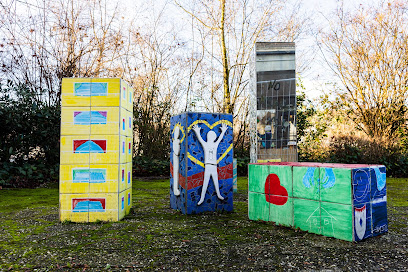
Pegelstab
1.0 km
Explore Pegelstab, a historic memorial in Koblenz, surrounded by stunning landscapes and rich cultural heritage.
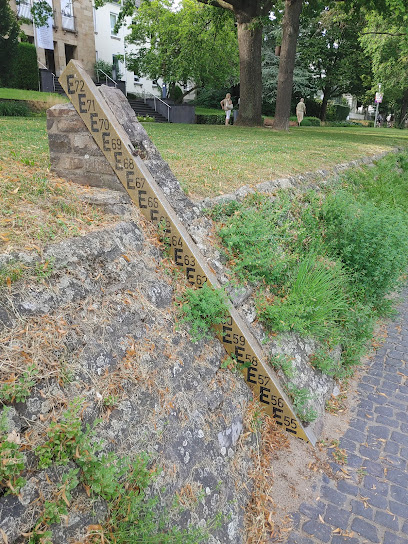
Springbrunnen, Koblenz - Kurfürstliches Schloss
1.1 km
Explore the serene beauty of the Springbrunnen at Kurfürstliches Schloss in Koblenz, a historic attraction with stunning architecture and tranquil gardens.
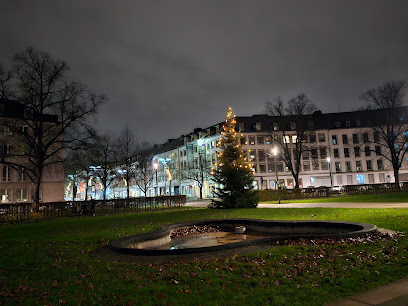
Zentralpl.
1.1 km
Experience the vibrant atmosphere of Zentralpl. in Koblenz, where history meets modern charm in the heart of the city.

Mittelrheinmuseum Koblenz
1.2 km
Explore the rich artistic heritage of the Rhine at Mittelrheinmuseum Koblenz, showcasing a captivating collection of art and history.
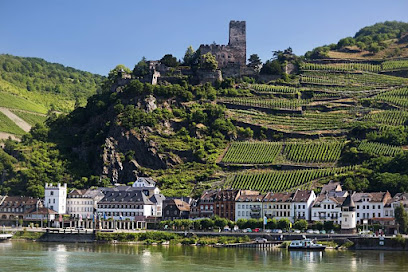
Denkmalzone „Vier Türme“
1.2 km
Discover the historical charm of Denkmalzone „Vier Türme“, a serene memorial park in Koblenz featuring iconic towers and beautiful gardens.
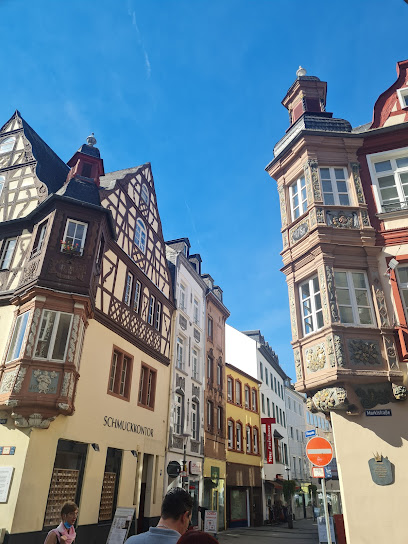
4 Towers (Oriel Windows)
1.2 km
Explore the stunning 4 Towers in Koblenz, an architectural marvel showcasing the city’s rich history and unique styles.
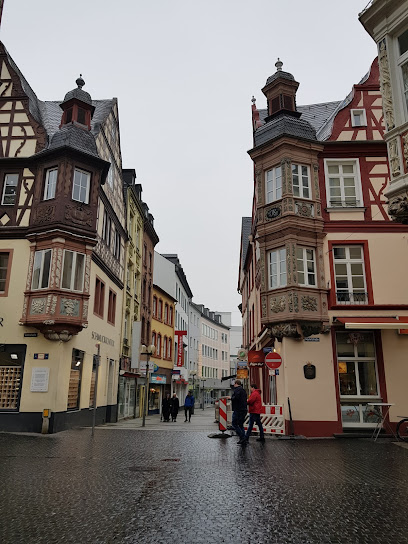
Koblenzer Sektmuseum
1.3 km
Explore the Koblenzer Sektmuseum in Koblenz, where history and sparkling wine come together in an unforgettable experience.
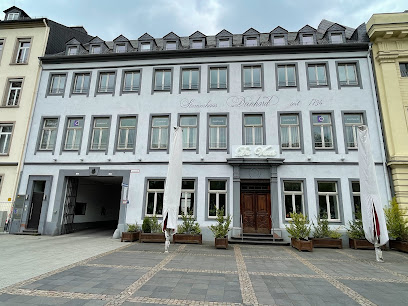
Rheinufer Pfaffendorf
1.3 km
Experience the serene beauty of Rheinufer Pfaffendorf, a stunning riverside destination perfect for leisurely walks and cultural exploration in Koblenz.
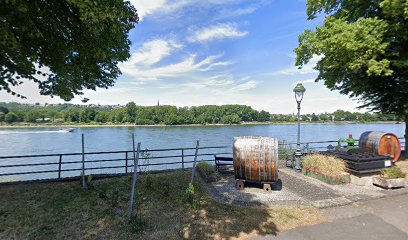
Schloss Koblenz
1.3 km
Discover the beauty and history of Schloss Koblenz, a stunning Baroque castle offering breathtaking views and rich cultural experiences in Germany.
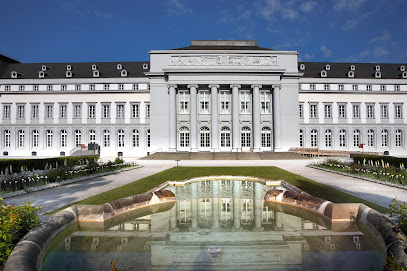
Deinhardplatz
1.3 km
Explore Deinhardplatz in Koblenz, where history meets vibrant culture and stunning river views await every visitor.
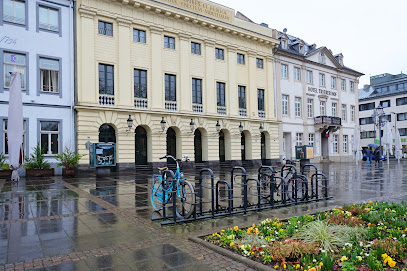
Denkmal- Engel der Kulturen
1.3 km
Explore the Engel der Kulturen in Koblenz, a stunning monument that celebrates cultural harmony and invites reflection amidst scenic beauty.
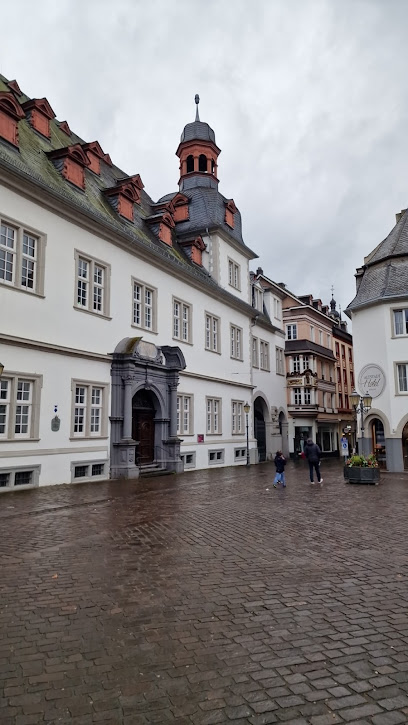
Liebfrauenkirche (Church of Our Lady)
1.3 km
Discover the architectural grandeur and historical significance of Liebfrauenkirche in Koblenz, a must-see for every traveler.
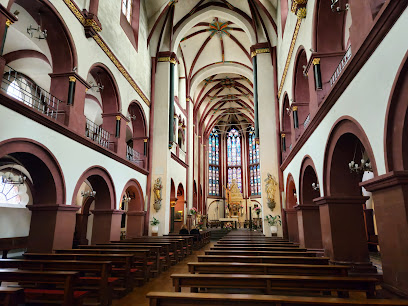
Essential places to dine
Königsbacher Treff - Koblenz
0.3 km
Discover authentic German cuisine at Königsbacher Treff in Koblenz - a culinary haven for tourists with local flavors and delightful ambiance.

Remo's Koblenz
0.3 km
Experience the best Italian cuisine at Remo's Koblenz - famous for its authentic pizzas and warm hospitality in the heart of Germany.
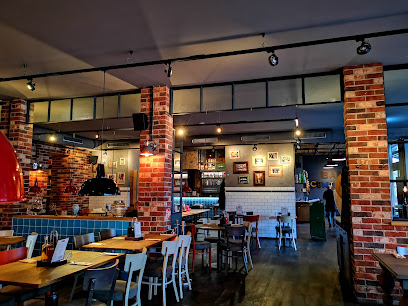
im Süden - Kochbar
0.5 km
Discover authentic Italian flavors at im Süden - Kochbar in Koblenz, offering exquisite pasta and pizza in a warm and inviting atmosphere.
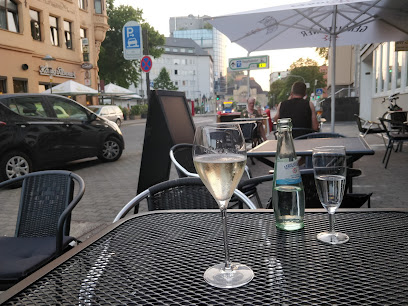
Restaurant Hexenkessel
0.5 km
Experience authentic Italian cuisine in Koblenz at Restaurant Hexenkessel - where flavor meets tradition in every bite.
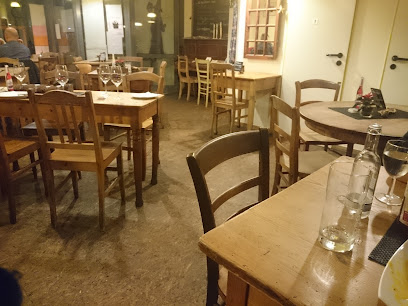
Restaurant Stradun
0.5 km
Experience authentic Croatian cuisine at Restaurant Stradun in Koblenz - a perfect blend of tradition and flavor.
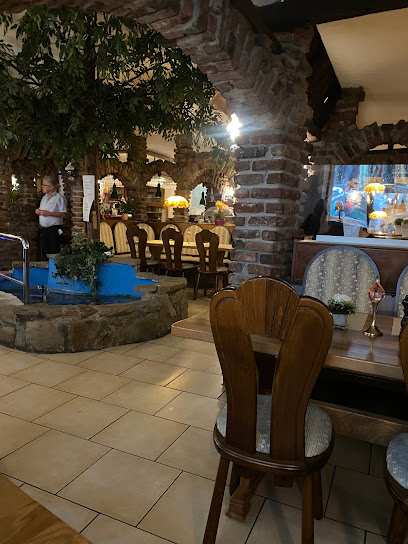
COFONE WEINBAR
0.6 km
Experience authentic Italian dining paired with exquisite wines at Cofone Weinbar, the ultimate culinary destination in Koblenz.
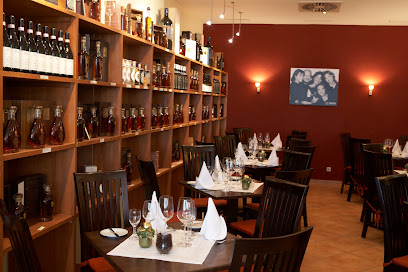
Restaurant Syrtaki
0.6 km
Discover the essence of Greek cuisine at Restaurant Syrtaki in Koblenz - where every meal is a celebration of flavor.
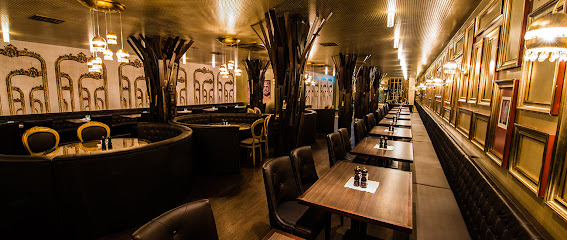
Restaurant Croatia
0.6 km
Experience authentic Croatian flavors in the heart of Koblenz at Restaurant Croatia—where every meal tells a story.
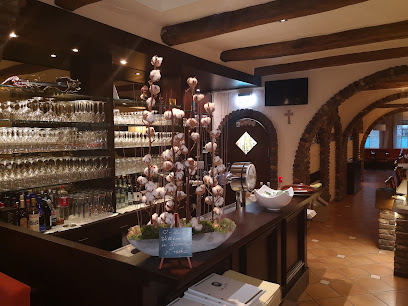
Dubrovnik Restaurant / Koblenz
0.7 km
Experience authentic Croatian and German cuisine at Dubrovnik Restaurant in Koblenz – where every meal is a celebration of flavors.
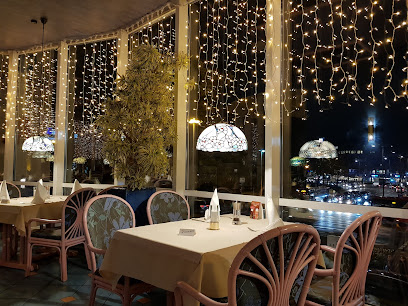
oscar natural good food & bar
0.7 km
Discover Oscar Natural Good Food & Bar in Koblenz: where plant-based delights meet vibrant atmosphere for an unforgettable dining experience.

Circus Maximus
0.9 km
Discover Circus Maximus: Where delectable cuisine meets vibrant nightlife in Koblenz's top dining destination.
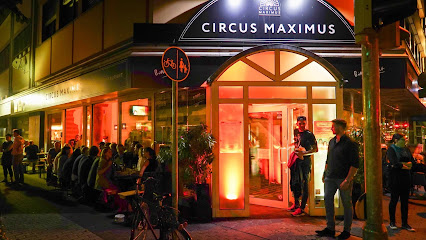
Cowboys Burger Saloon
1.0 km
Experience authentic American flavors at Cowboys Burger Saloon in Koblenz - home to mouthwatering burgers and an inviting atmosphere.
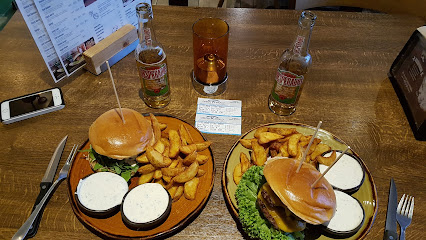
Weindorf Koblenz
1.2 km
Discover authentic German flavors at Weindorf Koblenz - where every meal is a celebration of tradition and taste.
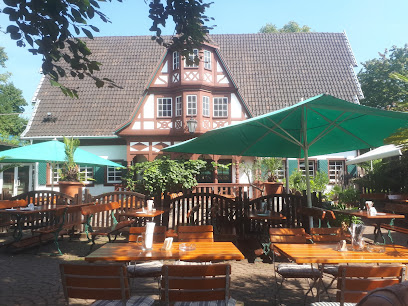
Damaskus Restaurant ( Koblenz Stadtmitte) .
1.2 km
Experience the best of Syrian cuisine at Damaskus Restaurant in Koblenz – where authentic flavors meet warm hospitality.
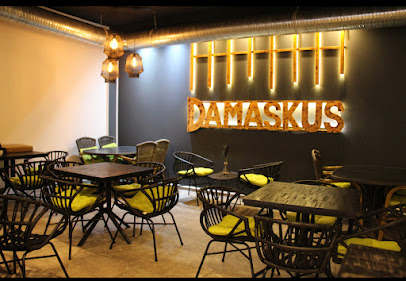
Restaurant Tanoor
1.2 km
Discover authentic Persian flavors at Restaurant Tanoor in Koblenz – where every dish is crafted with love and tradition.
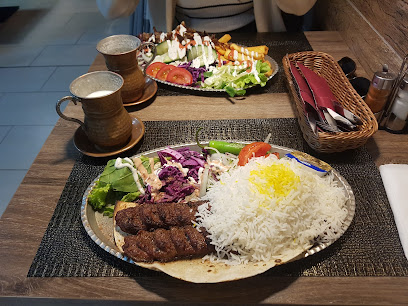
Markets, malls and hidden boutiques
Loot Shop
0.6 km
Discover Loot Shop in Koblenz, a comic book store bursting with vibrant tales, collectibles, and a welcoming community for all comic enthusiasts.

Shop
0.7 km
Discover the vibrant shopping scene in Koblenz, where local boutiques and international brands meet rich history and culture.
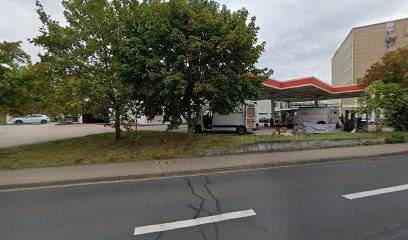
Wings-Life Shop
0.8 km
Explore unique local crafts and souvenirs at Wings-Life Shop in Koblenz, where every item tells a story of the region.
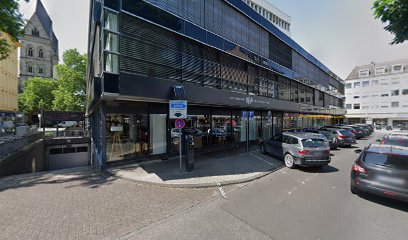
SECOND STYLE - Designermode-Second-Hand Koblenz
0.8 km
Explore Koblenz's hidden gem for second-hand designer fashion at Second Style, where sustainable shopping meets style and affordability.
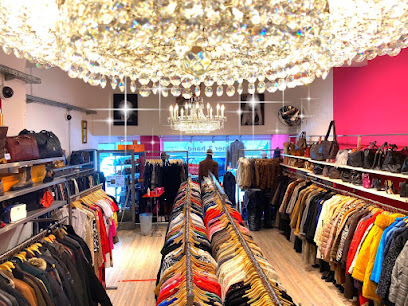
CTU Koblenz Marlon Pitanti
0.9 km
Discover a collectible haven at CTU Koblenz Marlon Pitanti, the ultimate destination for trading cards and figurine enthusiasts in Koblenz.
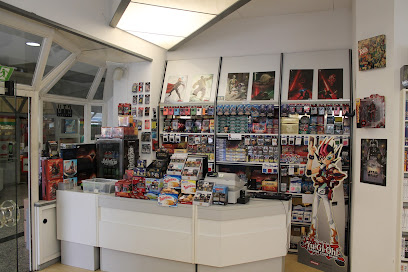
Betty Barclay
0.9 km
Discover contemporary women's fashion at Betty Barclay in Koblenz, where elegance meets modern style in a welcoming shopping environment.

comma
0.9 km
Discover Comma in Koblenz: Your go-to clothing store for stylish women's fashion, dance outfits, and accessories.
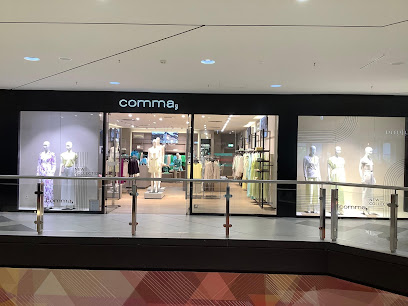
BRAX
0.9 km
Explore BRAX in Koblenz: Where Quality Meets Style for Fashion Enthusiasts.
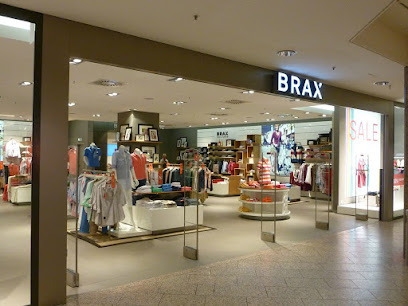
GALERIA Koblenz
0.9 km
Explore the vibrant GALERIA Koblenz - your ultimate shopping destination for fashion, home goods, and gourmet delights in the heart of Koblenz.
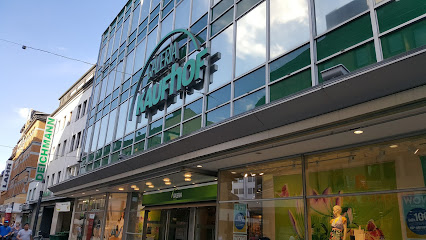
Woolworth
0.9 km
Explore Woolworth in Koblenz, a bustling department store with a variety of products, perfect for shoppers seeking local treasures and trendy finds.
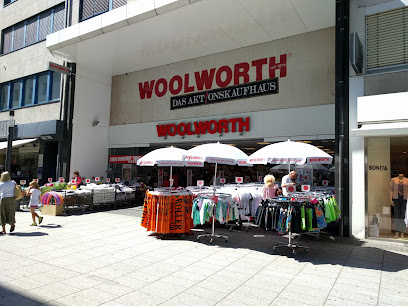
Road Collection Outlet Store Koblenz Schängelcenter
0.9 km
Discover exceptional fashion finds at Road Collection Outlet Store Koblenz, where quality meets affordability in a delightful shopping experience.
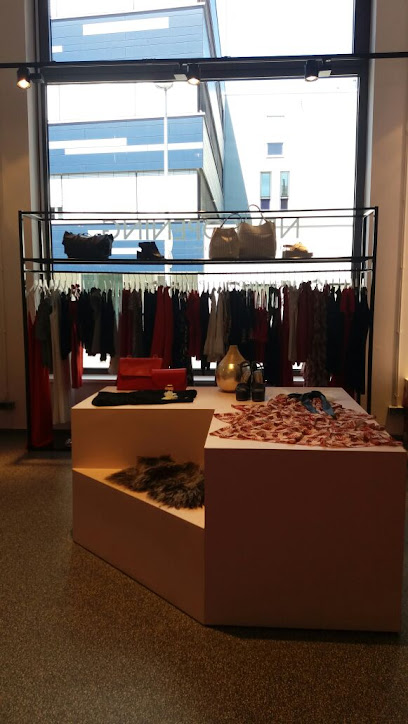
Lieblingsplatz Accessoires
1.0 km
Discover stylish bags and leather goods at Lieblingsplatz Accessoires, the boutique that captures the essence of Koblenz’s fashion scene.
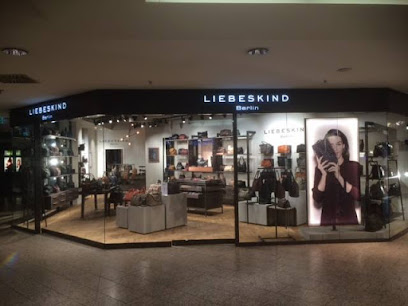
Oxfam Shop Koblenz
1.0 km
Explore Oxfam Shop Koblenz for unique pre-loved treasures, from vintage clothing to home goods, all while supporting a charitable cause.
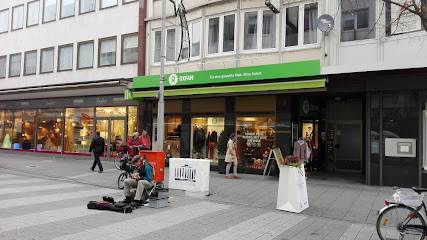
LÖHR CENTER Koblenz
1.0 km
Experience the best of shopping and dining at LÖHR CENTER Koblenz, where modern retail meets vibrant atmosphere.
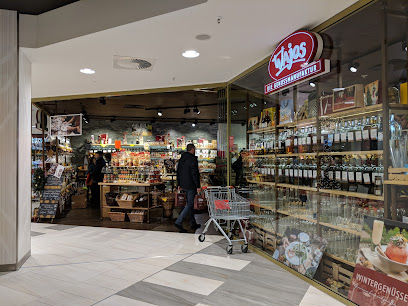
Zara
1.0 km
Explore the latest fashion trends for all ages at Zara in Koblenz, your go-to destination for stylish clothing at moderate prices.
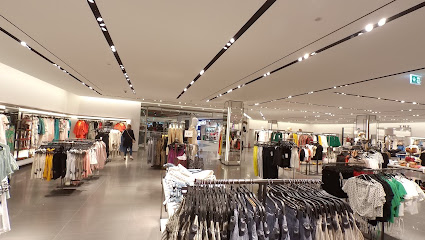
Essential bars & hidden hideouts
Piper's Corner Celtic Irish Pub - Koblenz
0.7 km
Experience the warmth of Ireland at Piper's Corner Celtic Irish Pub in Koblenz, where great food, drinks, and live music await.
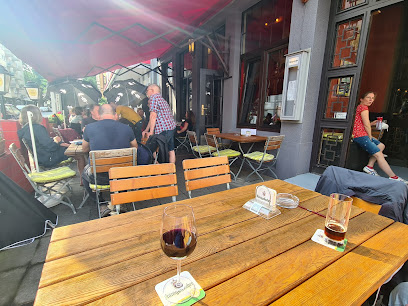
Aktuell Bar
1.3 km
Discover the vibrant nightlife of Koblenz at Aktuell Bar, where live music, cocktails, and a welcoming atmosphere await.
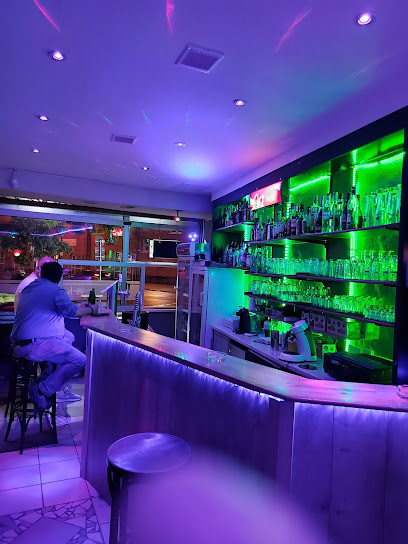
Spökes
1.3 km
Experience the vibrant nightlife of Koblenz at Spökes, where delicious cocktails and a lively atmosphere await every visitor.

Kurioos - Koblenz
1.3 km
Discover the lively nightlife at Kurioos - Koblenz, where creative cocktails and a vibrant atmosphere come together for an unforgettable experience.
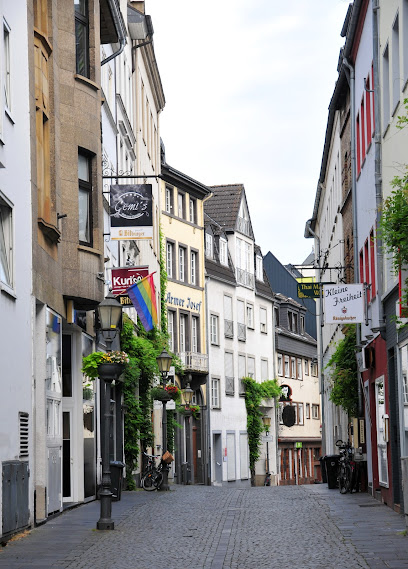
NEULAND - Koblenz
1.3 km
Experience the vibrant nightlife of Koblenz at NEULAND, a stylish bar offering a diverse drink menu and a lively atmosphere.
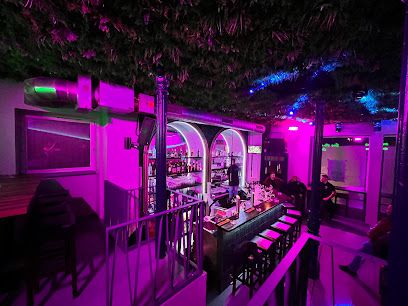
Zum Schiffchen
1.4 km
Discover the heart of Koblenz at Zum Schiffchen, where traditional German cuisine meets a lively pub atmosphere.
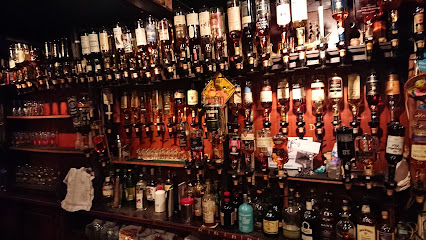
Atlas Bar - Koblenz
1.4 km
Discover the vibrant atmosphere of Atlas Bar in Koblenz, where relaxation meets socializing in a charming setting.
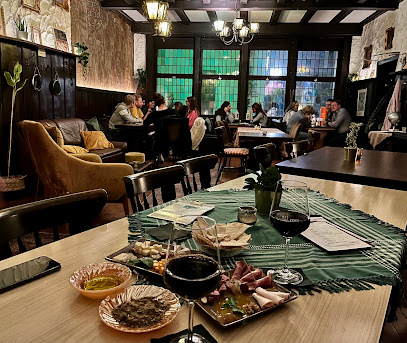
Sugar Ray’s Koblenz
1.4 km
Discover the lively atmosphere and diverse drink selection at Sugar Ray’s Koblenz, a bar where locals and visitors mingle over great cocktails and good vibes.
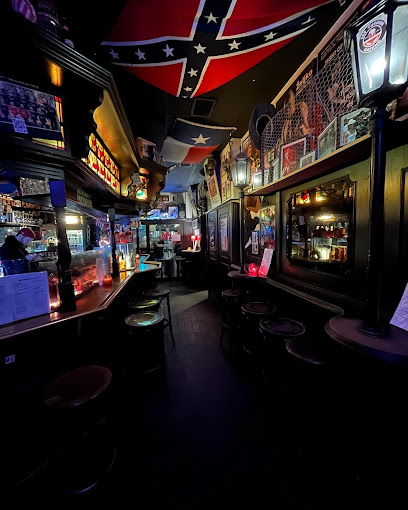
McCoy - The Highball Ltd.
1.4 km
Discover McCoy - The Highball Ltd., Koblenz's premier cocktail bar, where innovative drinks and a vibrant atmosphere create unforgettable experiences.
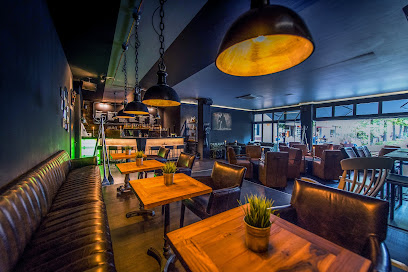
EXCALIBUR - The Rock Cafe
1.4 km
Discover the vibrant nightlife at EXCALIBUR - The Rock Cafe, a unique blend of cocktails and rock music in the heart of Koblenz.
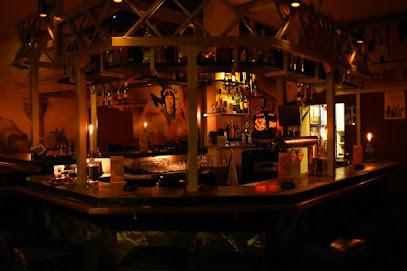
Zeitlos
1.4 km
Experience the vibrant nightlife of Koblenz at Zeitlos, a lively bar offering an extensive drink menu and a welcoming atmosphere for all.

Gecko Lounge
1.4 km
Discover the vibrant nightlife of Koblenz at Gecko Lounge, where delightful drinks and a lively atmosphere await.
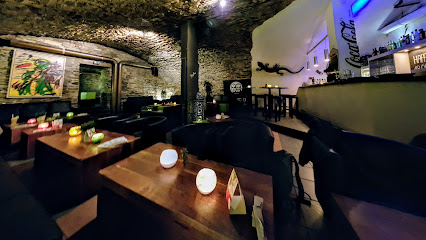
Irish Pub Koblenz
1.4 km
Discover the heart of Ireland at Irish Pub Koblenz, where great food, drinks, and live entertainment await in a cozy setting.
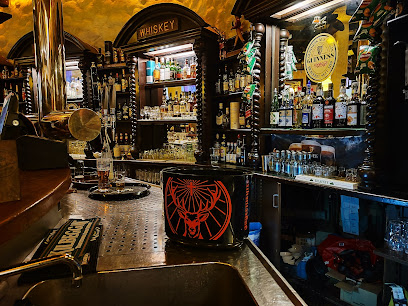
BackStage Koblenz
1.4 km
Discover the energetic nightlife of BackStage Koblenz, a lively bar and pub perfect for socializing and enjoying local drinks.
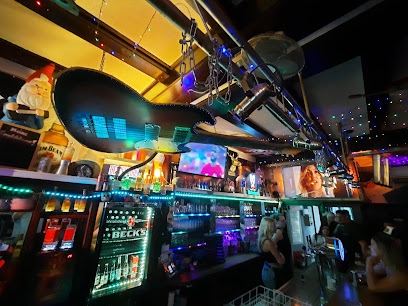
Shotz Koblenz
1.4 km
Discover the lively atmosphere and diverse drink selection at Shotz Koblenz, a must-visit bar in the heart of Germany's charming Altstadt.
